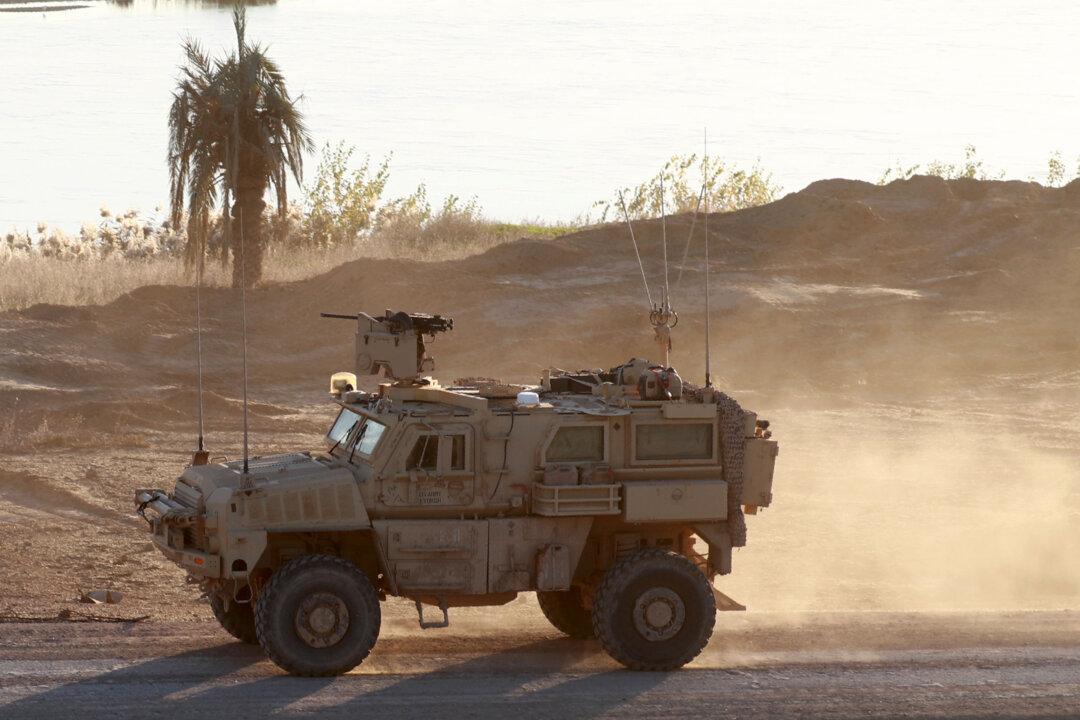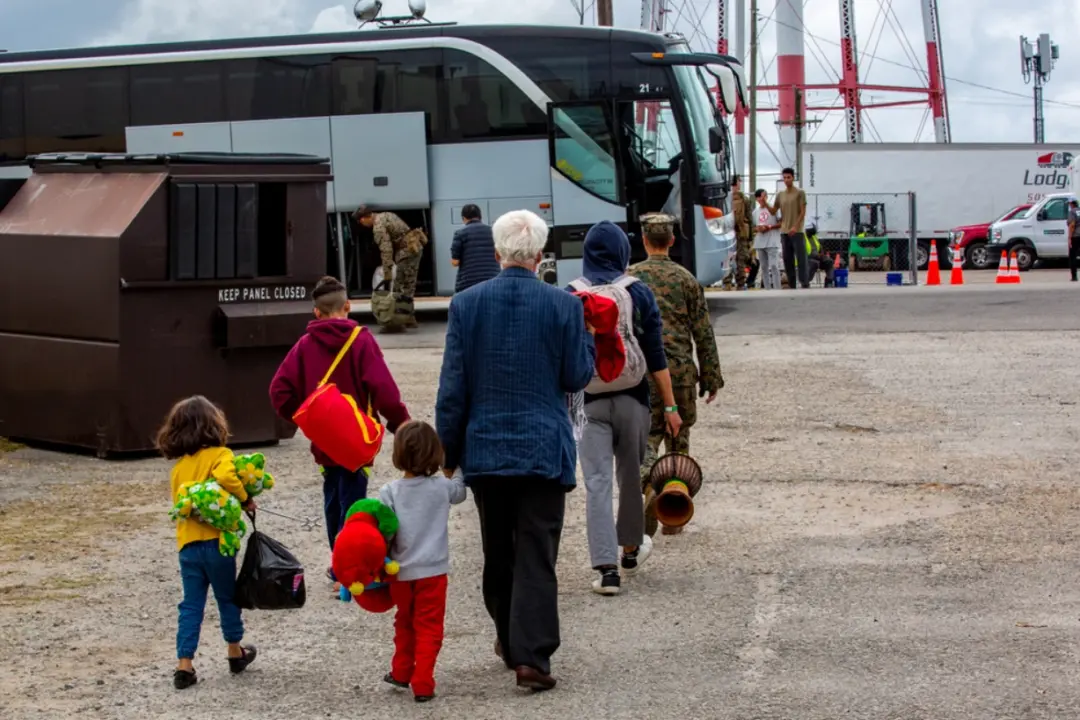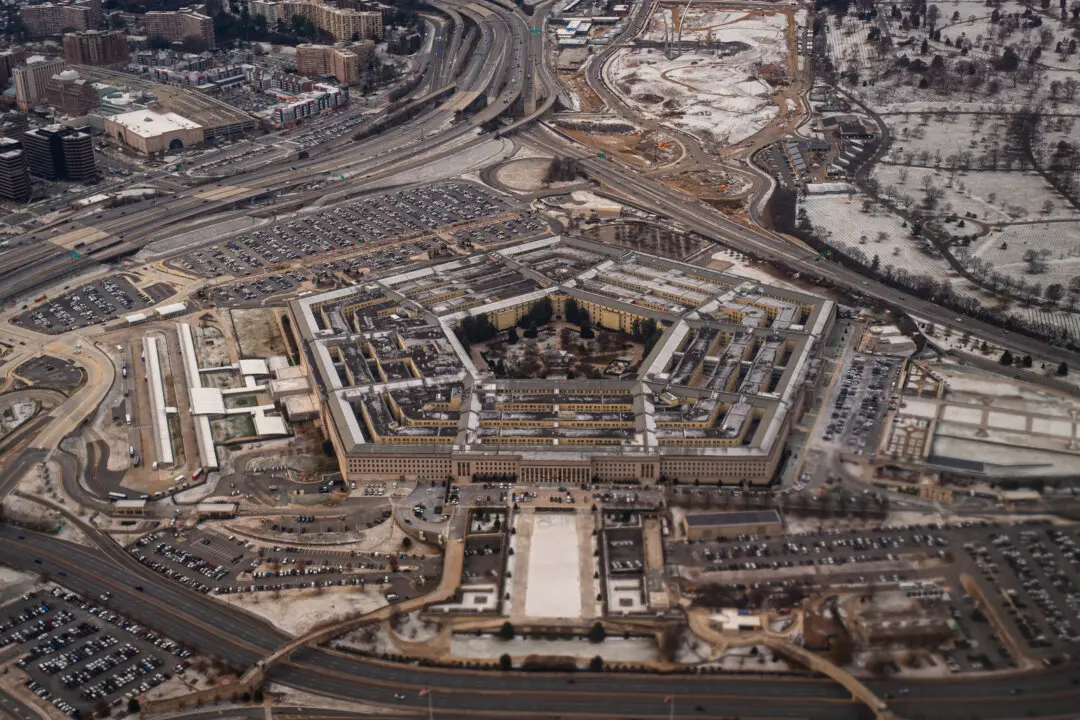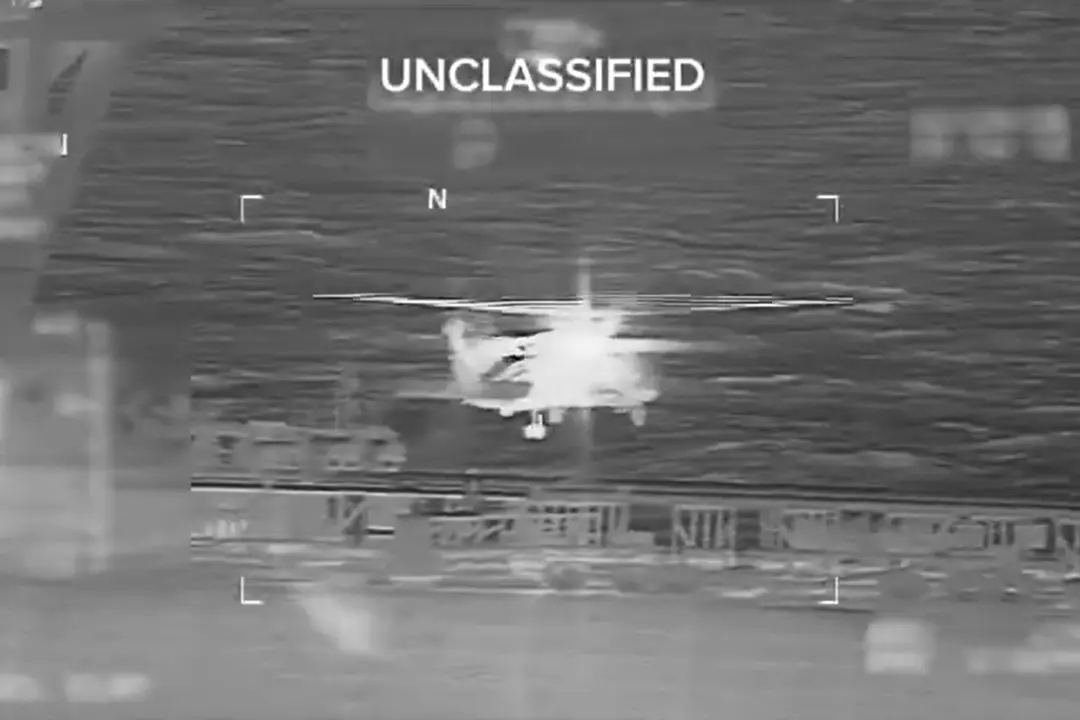U.S. troops stationed in Iraq and Syria have come under attack from rockets and explosive-laden one-way drones 55 separate times in the past month, according to Pentagon spokesperson Sabrina Singh.
There have been 27 attacks directed at U.S. troops in Iraq and 28 directed at U.S. troops in Syria since Oct. 17, she confirmed at a Nov. 14 press conference.





